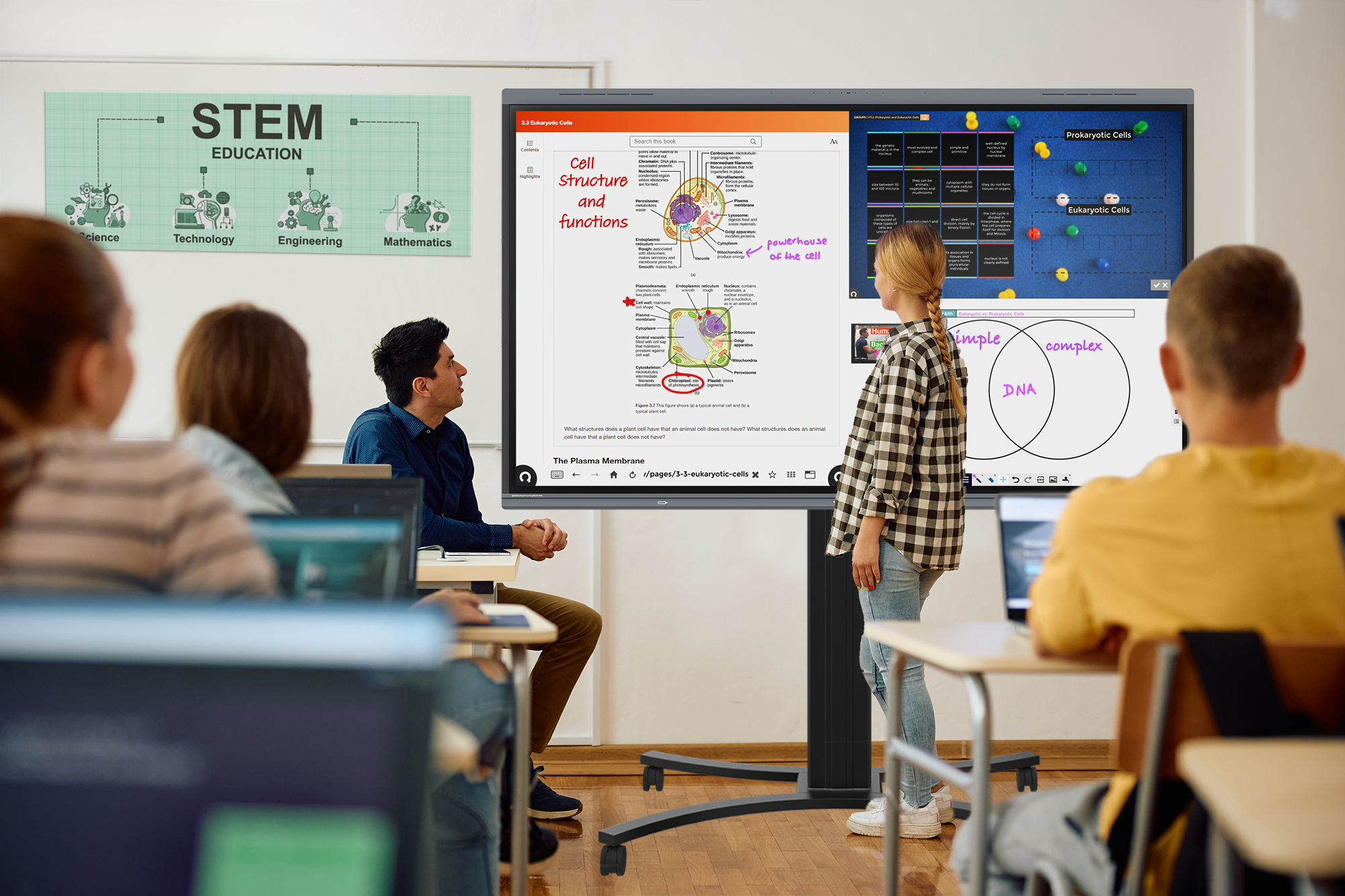Student-Centered Learning in the Classroom
We often hear the term “student-centered learning” and believe all current schools of possessing qualities that cater to students. On the contrary, that is not always the case. Student-centered learning is a teaching method that includes and considers the students in the process of planning, implementing, and assessing. For optimal success, teachers are instructed to change their leadership approach from directive – “do as I say” - to consultive – “let’s create a learning plan together based on your needs.” This requires educators to be heavily involved with not just the students’ needs but also their potential capabilities to lead.
A New Learning Structure
Today’s average classrooms are structured based on operational convenience rather than student needs. Having bell schedules with 45-minute classes and 4-minute breaks in-between is administered to cater to adult timeframes rather than the students’. Classroom layouts, with rows of desks and assigned seating, are also traditionally designed for the educators’ convenience to easily manage the learning environment.
To successfully create a student-centered environment, teachers and faculty need to implement changes that place student needs as their main priority. From adjusting timed classes to eliminating permanent classroom seating structures, it’s important to start thinking about academic advancements in a whole new way. What is convenient for adults is not always the pertinent approach in a student-centered environment – “normal” school schedule and system need to be reconstructed to fit the needs of young learners. So how do we make that happen?
Open Communication
A true student-centered environment cannot exist without open communication and trust. Right from the start of the school year, it’s important to set the tone and atmosphere in classrooms in which students feel safe to share their thoughts and ask questions. This can simply be done by asking the students how they envision their classroom experience to be like for the upcoming school year. How should the classroom function and feel? Are there rules that need to be implemented to keep things in order? Allow the students to brainstorm ideas amongst themselves and write down suggestions on a whiteboard. This exercise will not only allow the students to openly communicate their preferences but also build their trust within the environment.
Integrate Technology
Technology is one of the most effective tools for engaging students today. A study shows that this modern approach to education can increase student engagement and academic outcome by 45.43%. Allowing students to use free web tools to present and share information as well as encourage them to use necessary technology for educational gain will provoke more eagerness in students towards learning and creating.
Incorporate Project-Based Learning Activities
Contrary to popular belief, grades and test scores aren’t the accurate barometers for academic achievement. Studies show that quantitative grades diminish students’ interest in learning, reduce academic risk-taking, and decrease the quality of critical thinking. With student-centered classrooms where activities and projects are engaging and in-class productivity is high, students will be able to better solve real-world problems and create projects that will help prepare them for the future.
Leadership in the Classroom and Beyond
Giving students opportunities to lead in classrooms is the perfect way to foster engagement. Allowing students to take charge in certain activities can not only empower them to take ownership of their own learning experience but also prepare them for any future leadership opportunities. With the right tools and mindset, teachers can integrate these learning practices into the lives of their students to create a perfect student-centered learning environment.





















